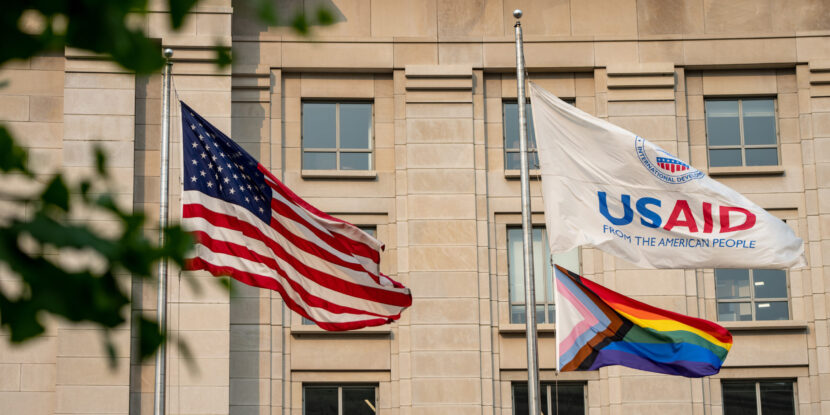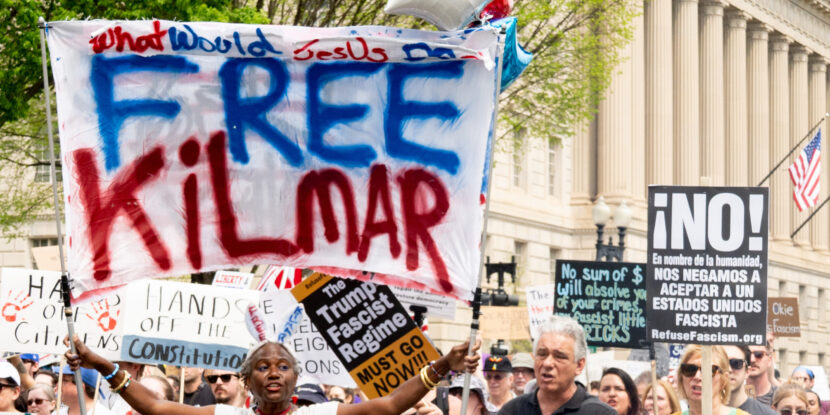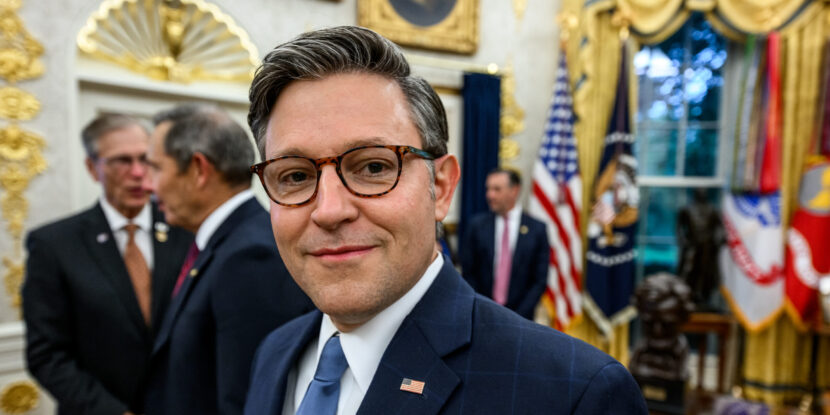An email sent by the United States Agency for International Development’s (USAID) acting director, Erica Carr, is raising eyebrows as it instructed agency staff to begin the process of shredding and destroying sensitive and personal materials as U.S. Customs and Border Protection (CBP) is set to take over office space. Despite the corporate media’s overhyped headlines, with POLITICO blasting, “USAID official tells remaining staffers: Shred and burn all your documents,” the emailed directive is something seen by most government employees on a nearly weekly basis.
“Shred as many documents first, and reserve the burn bags for when the shredder becomes unavailable or needs a break,” the email form Carr reads, adding that employees should use a sharpie to write “SECRET” and “USAID/B/IO/” on their burn bags before they’re picked up by workers tasked with documented destruction.
BURN BAGS & DOCUMENT DESTRUCTION.
What acting director Carr sent on Tuesday amounts to little more than a final burn bag notice. Periodically federal departments and agencies are instructed to remove any classified, sensitive, or personal documents that are no longer being used from their secured storage. Those documents are then shredded and placed in what is called a “burn bag,” which, as its name portends, is burned. This isn’t an action to avoid transparency or to hide wrongdoing; instead, it is a national security measure to ensure that employees do not unnecessarily retain sensitive documents and that those documents are not left outside the employee’s custody.
Additionally, burn bags are used when an employee is fired, or a presidential transition is underway to ensure the destruction of any personal documents that might contain that employee’s social security number or other personal information they do not wish to be disclosed to whoever will occupy the office after them. In the case of USAID, classified and personal materials will need to be shredded and destroyed before CBP staff can begin occupying the building.
In fact, Carr’s email suggests the real scandal is that USAID employees likely failed to follow standard government document destruction protocols by regularly clearing out safes and other secured storage compartments of classified materials. However, compliance with document destruction rules is likely a broader problem across federal agencies.





















